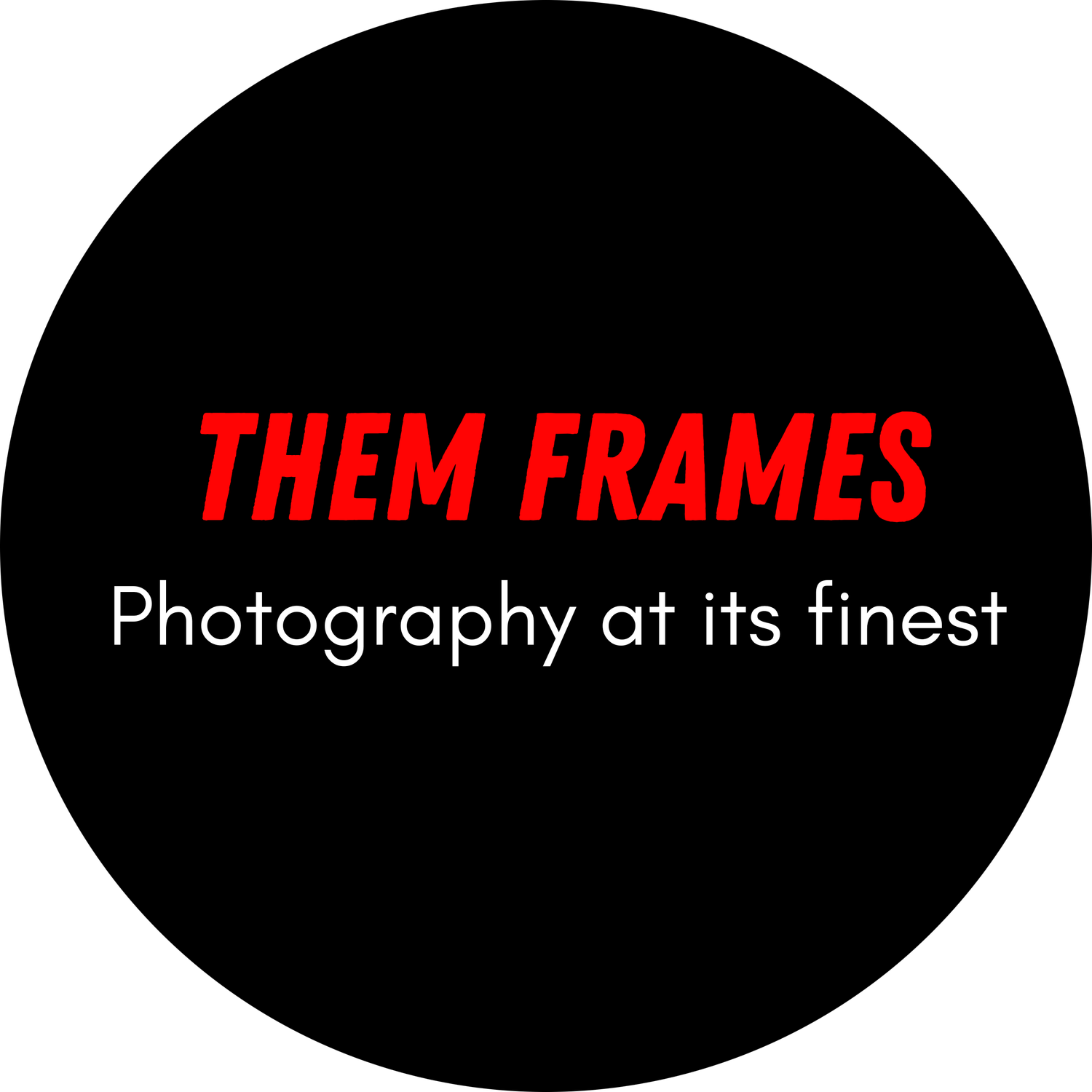Let’s Talk About NSFW Photography...
Lead image by Alessa Grande.
NSFW (Not Safe For Work) is a label added to content to make sure someone doesn’t get caught looking at material online they shouldn’t while at the office. I’ve used it countless times in my writing career, and I’m starting to believe it may be doing more harm than good.
Get 10% off photo editing software Luminar Neo by using code: THEMFRAMES10 when you sign up.
Continue reading….
I’ve just published an interview with Łukasz Spychała. He’s a very talented photographer, and some of his frames contain nudity. Are they sexual? I would say no. They’re certainly not what I would consider adult content.
Spychała himself has this to say about the role of nudity in his work:
“To me, the body is a natural part of being human, not something shameful or purely sexual. When we remove our clothes, we often reveal deeper emotions and parts of ourselves we might not have been aware of.”
Here’s a reality: most NSFW labels pertain to women’s bodies. I’ve seen countless articles with topless men that don’t carry the same warning.
When we label female nudity as NSFW, we’re essentially saying there’s something inappropriate about them. We’re saying this should only be viewed in absolute privacy, implying there’s shame in the viewer and the content if seen publicly.
Of course, if the work is intentionally provocative and sexual (we’ve all seen it on Reddit), then absolutely put that warning. But if the frame is more about a story that just happens to include a nude woman, what message are we sending to the world?
I fully appreciate there’s a degree of hypocrisy here, considering the latest interview on the site carries that big NSFW tag. I understand I am complicit with the culture I’m arguing against.
I don’t always put the label. I refused to do it for the excellent work made by Alessa Grande, who blends natural human form with nature. But honestly, for the most part it saves me from receiving complaints from our audience. Is that a cowardly copout? Perhaps. But this message is as much to me as it is to you, the reader.
This is an opportunity to push the conversation and rethink how we present female bodies in art and photography. The more we question reflexive labels, the closer we get to seeing the human body — in work and in life — without shame.
More reading: Why I’m Still Using an 8-Year-Old Camera (You Should Too)
Want your work featured on Them Frames? Pitch us.


